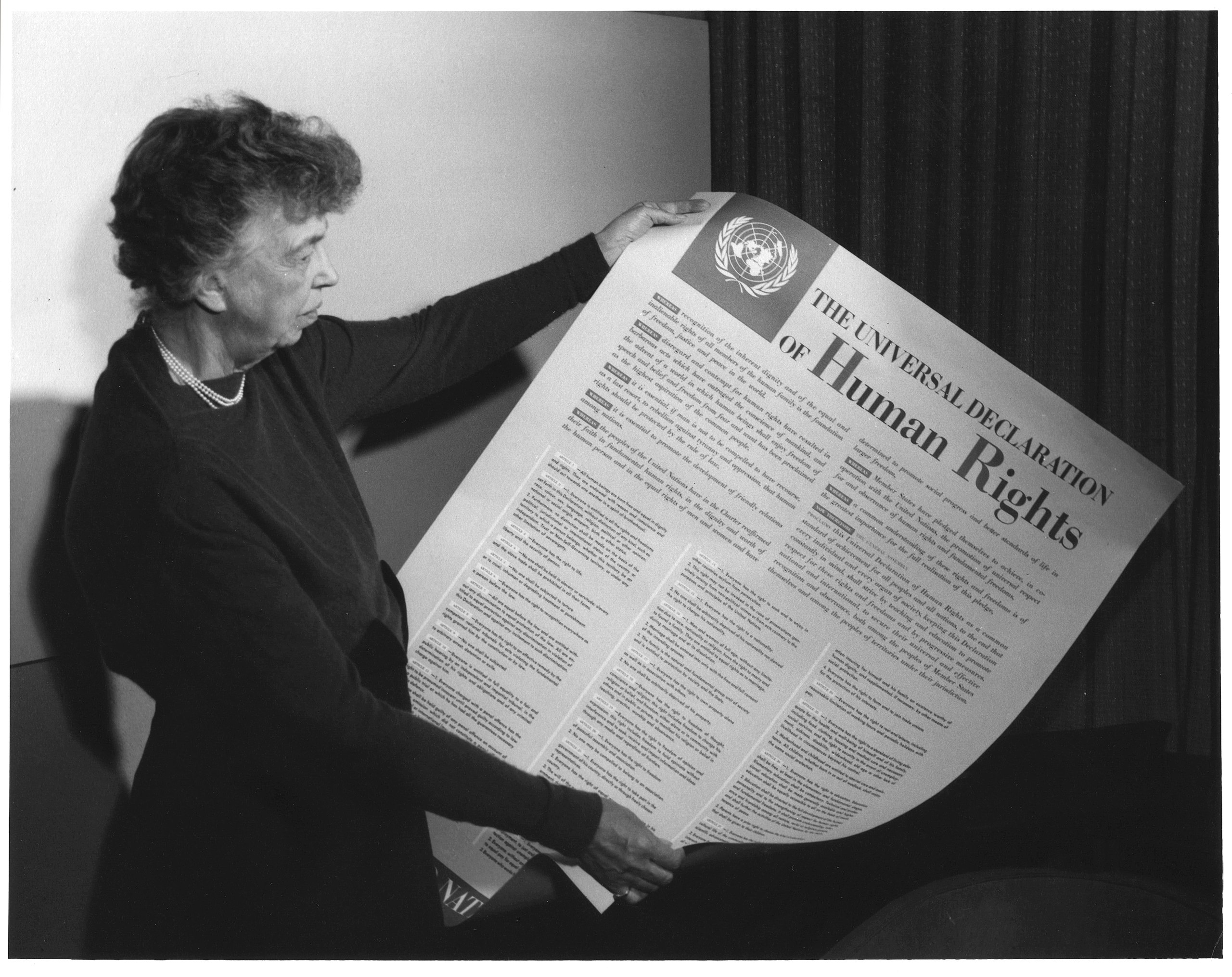The concept that all humans – simply because they are human, are entitled to the same rights, has been around for many centuries. But it wasn’t until after the horrors of the second world war that leaders from all around the globe came together determined to find ways to foster friendship and peace.
In 1948 the United Nations agreed on a specific set of essential rights and freedoms that should apply to all people.
The Universal Declaration of Human Rights is a visionary document that continues to provide us with a blueprint to achieve peace, dignity and equality on a healthy planet.
Freedom, Respect, Equality and Dignity
The Universal Declaration sets out the rights and freedoms shared by every human being and the responsibilities owed by every government.
For example, it recognises the importance of life, liberty and safety. It talks about everyone having the right to education and healthcare, explains we should all be treated equally before the law and fairly by authorities, and that no one should ever be tortured or subjected to cruel or degrading treatment.
It explains that we can all associate freely with others and have the right to peacefully assemble or protest. That we are free to have political opinions, enjoy our cultures or practise religious beliefs. Those adults can choose who they marry and have a right to start a family and keep it together. It recognises the right to work in safe conditions and receive equal pay for equal work.
In summary, it reminds us to always treat each other with fairness and respect and it sets out the agreed standards that all governments have an obligation to respect, protect and fulfil.
International human rights law
The Universal Declaration of Human Rights, or UDHR as it’s sometimes abbreviated as is the foundational document for international human rights laws. All of the human rights treaties and laws that have come since are based on it.
The government in each country has a responsibility to ensure the human rights in the UN Declaration are translated and embedded into its own national laws so that the rights are adequately protected and can be realised for all citizens.
You can view the full text of the UN’s Universal Declaration on Human Rights here.

